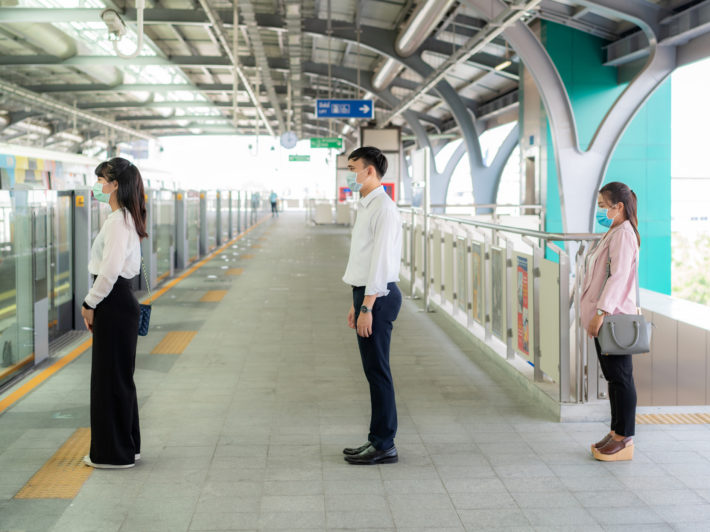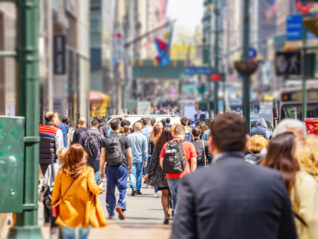
COVID-19 March 30, 2020 Update
Most of us are exercising physical distancing, avoiding running unnecessary errands, and other control measures in order to minimize person-to-person transmission of COVID-19. The goal is to “flatten the curve,” to delay the rapid spread of the novel coronavirus, thereby reducing the surge of illnesses in a very short time and allowing the healthcare system to breathe, to accommodate, to provide proper patient care.
However, how long can (or should) schools remain closed, businesses shut, travel restricted, and crowd gathering prohibited? How long can the economy withstand this impact? When and how should these control measures be lifted? There are so many questions to which we all want answers.
Researchers from Centre for the Mathematical Modeling of Infectious Diseases COVID-19 Working Group have developed a mathematical model based on the experience of the city of Wuhan (population 11 million), the first city that took unprecedented measures starting mid- and late January in response to the COVID-19 outbreak.1 The model has allowed the researchers to estimate the trajectory of the ongoing outbreak and, as important, how lifting these physical distancing measures would affect the outbreak progression. The hope is to provide some insights for other countries that are feeling the pain.
The model simulation confirmed that physical distancing “flattened the curve” and delayed the peak of the epidemic. Then, it modeled the impact of easing the control measures in different months. The researchers found:1
- If these control measures are lifted in a staggered way (allowing the workforce to return to work gradually) in April 2020, a second peak of infected cases might occur in October 2020
- If these control measures are lifted in a staggered way one month early, in March 2020, a second peak of infected cases might occur two months early, in August 2020
- Sustaining physical distancing measures and lifting these measures in a staggered way beginning in April would allow the healthcare system two more months of time to expand and respond
Please note that the mathematical simulation model requires numerous assumptions (such as treating the city as a closed system) and is not able to capture all the important variables (such as the effect of climate on the virus). Also, every country has its own population structure, outbreak pattern, social mixing pattern, and healthcare system capacity, just to name a few factors. However, the model reported here shows the importance of careful calibration of lifting physical distancing interventions to prevent subsequent surges of disease cases. This is one thing that is highly applicable everywhere.
These findings were published on March 25, 2020, in The Lancet Public Health.
What are the key takeaways?
- Physical distancing saves lives by “flattening the curve”
- When physical distancing measures are prematurely and suddenly lifted, it would lead to an earlier secondary epidemic peak
Citation
- Prem K et al. The effect of control strategies to reduce social mixing on outcomes of the COVID-19 epidemic in Wuhan, China: a modeling study. Lancet Public Health. 2020. [online first]




